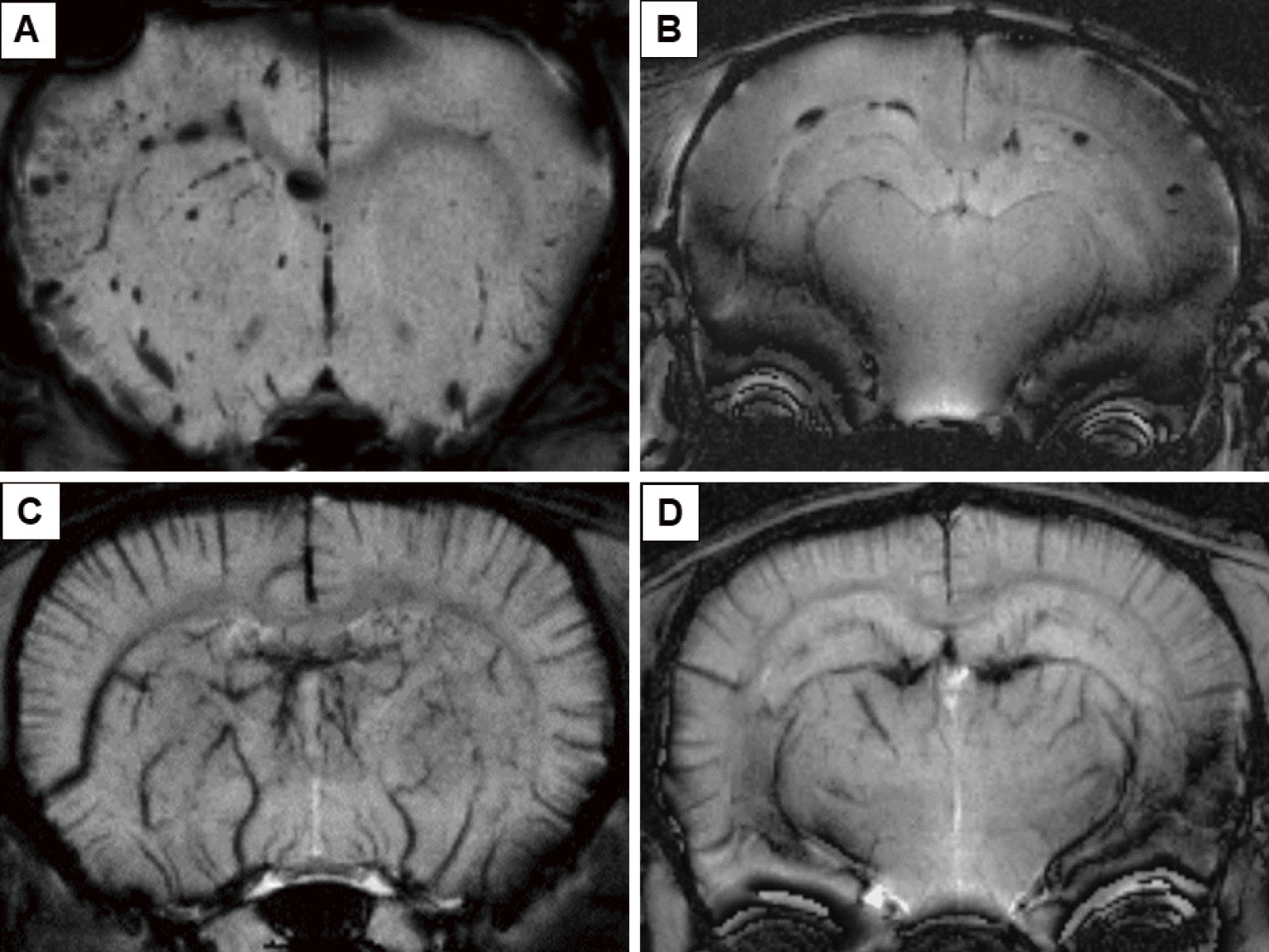3 0 0 0 OA Microbleeds Due to Reperfusion Enhance Early Seizures after Carotid Ligation in a Rat Ischemic Model
- 著者
- Takuro SAITO Takeshi MIKAMI Tsukasa HIRANO Hiroshi NAGAHAMA Rei ENATSU Katsuya KOMATSU Satoshi OKAWA Yukinori AKIYAMA Nobuhiro MIKUNI
- 出版者
- The Japan Neurosurgical Society
- 雑誌
- Neurologia medico-chirurgica (ISSN:04708105)
- 巻号頁・発行日
- pp.2022-0372, (Released:2023-04-06)
- 参考文献数
- 35
Impaired reperfusion in ischemic brain disease is a condition that we are increasingly confronted with owing to recent advances in reperfusion therapy. In the present study, rat models of reperfusion were investigated to determine the causes of acute seizures using magnetic resonance imaging (MRI) and histopathological specimens. Rat models of bilateral common carotid artery ligation followed by reperfusion and complete occlusion were created. We compared the incidence of seizures, mortality within 24 h, MRI, and magnetic resonance spectroscopy (MRS) to evaluate ischemic or hemorrhagic changes and metabolites in the brain parenchyma. In addition, the histopathological specimens were compared with those observed on MRI. In multivariate analysis, the predictive factors of mortality were seizure (odds ratios (OR), 106.572), reperfusion or occlusion (OR, 0.056), and the apparent diffusion coefficient value of the striatum (OR, 0.396). The predictive factors of a convulsive seizure were reperfusion or occlusion (OR, 0.007) and the number of round-shaped hyposignals (RHS) on susceptibility-weighted imaging (SWI) (OR, 2.072). The incidence of convulsive seizures was significantly correlated with the number of RHS in the reperfusion model. RHS on SWI was confirmed pathologically as microbleeds in the extravasation of the brain parenchyma and was distributed around the hippocampus and cingulum bundle. MRS analysis showed that the N-acetyl aspartate level was significantly lower in the reperfusion group than in the occlusion group. In the reperfusion model, RHS on SWI was a risk factor for convulsive seizures. The location of the RHS also influenced the incidence of convulsive seizures.
1 0 0 0 OA Aphasia with No Apparent Paralysis in Progressive Stroke of the Anterior Choroidal Artery
- 著者
- Serika Kanazawa Homare Funasaka Hiroshi Fukaya Satoshi Okawa
- 出版者
- The Japanese Society of Internal Medicine
- 雑誌
- Internal Medicine (ISSN:09182918)
- 巻号頁・発行日
- pp.0009-22, (Released:2022-08-30)
- 参考文献数
- 14
Some anterior choroidal artery (AChA) infarctions in the posterior limbs of the internal capsule (plIC) have been reported to cause aphasia, typically with apparent paralysis. We herein report an 84-year-old woman with AChA infarction. Although her dysarthria remained mild with no apparent paralysis, we overlooked progression to branch atheromatous disease-related infarct with exacerbation of her anomia, which delayed the initiation of more intense therapy. Even in AChA infarction, especially when the lesion is located mainly in the anterior part of the plIC, as in our case, it is possible to encounter progressive stroke predominantly with aphasia.
